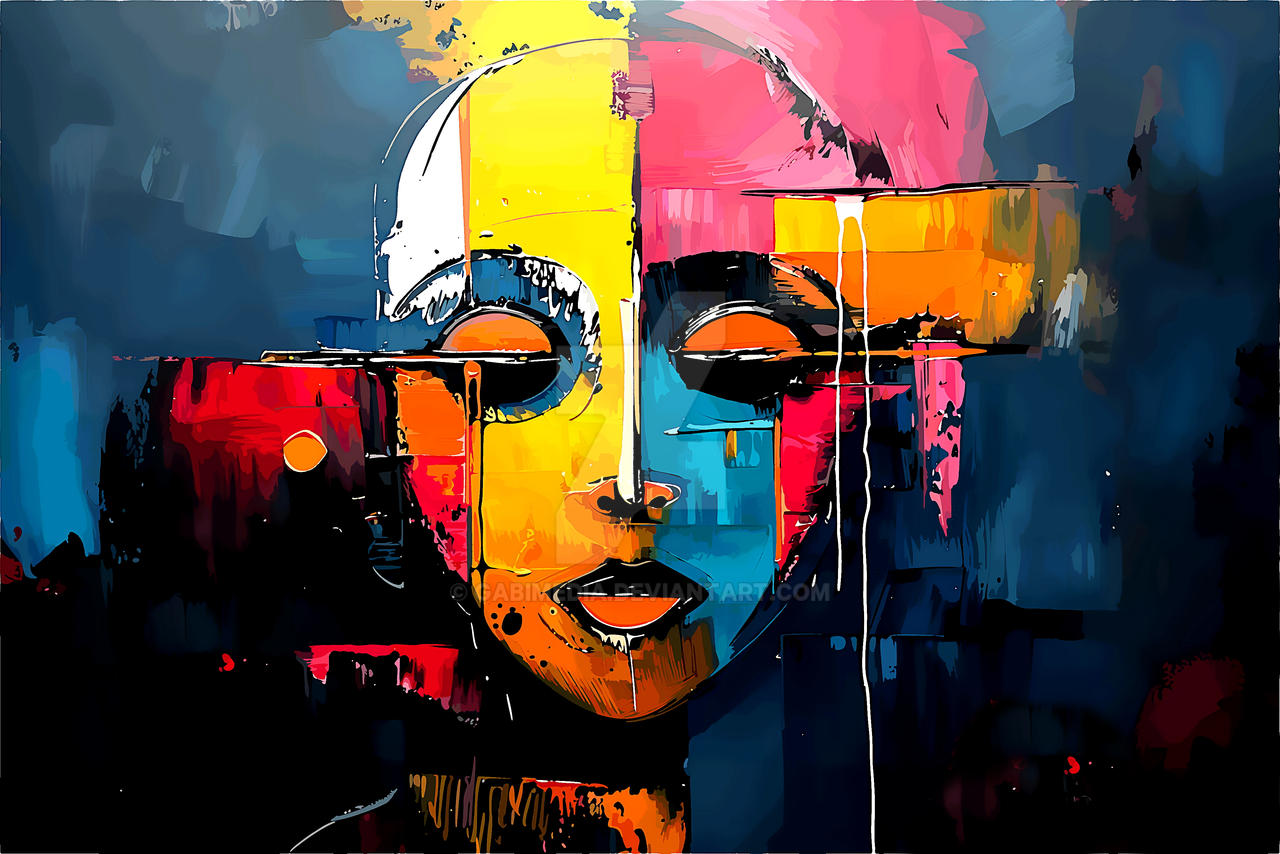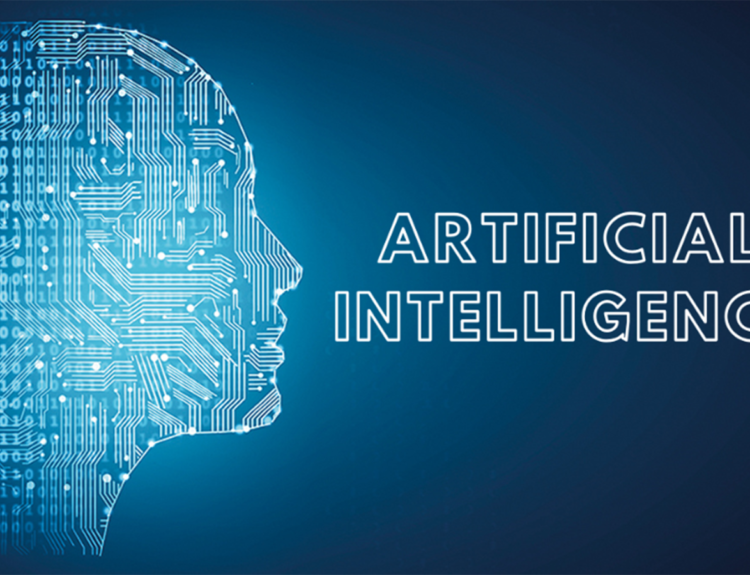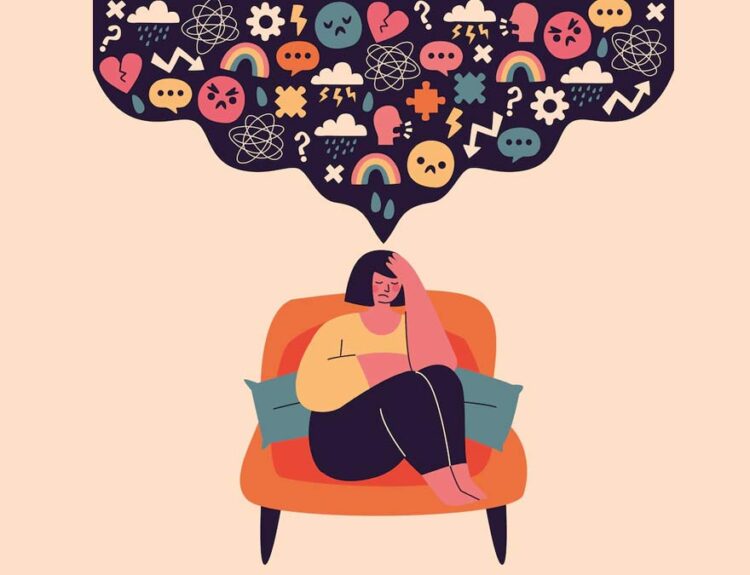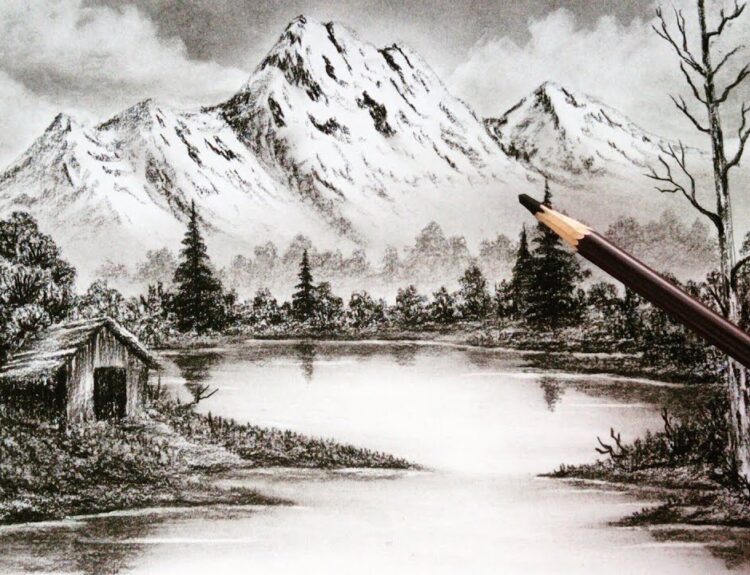Modern art revolution—a phrase that captures a seismic shift in how we view, create, and interact with art. From traditional techniques rooted in realism to boundary-pushing experiments with form, color, and concept, modern art reflects a bold reimagining of what art can be.
In this blog, we’ll take you on a journey through the evolution of modern art, its movements, milestones, and the cultural forces that shaped this groundbreaking revolution.
What Is Modern Art?
Modern art refers to artistic works produced roughly between the 1860s and the 1970s. What separates it from previous art periods is its emphasis on individual expression, innovation, and often, rebellion against classical norms.
Modern art wasn’t just about new techniques—it was a full-blown revolution that questioned everything from aesthetics to politics. It was born in a time of rapid change: industrialization, urbanization, war, and new philosophies all fueled this creative explosion.
Origins of the Modern Art Revolution
1. Breaking Away from Tradition
Before the modern era, European art was dominated by realism and religious themes. Artists like Leonardo da Vinci and Michelangelo focused on symmetry, anatomy, and religious storytelling.
But by the mid-19th century, artists began to break away from these constraints. They wanted to depict the world as they saw and felt it—not necessarily as it appeared. This shift laid the foundation for the modern art revolution.
2. The Role of Photography
The invention of photography in the 1830s changed everything. Since a camera could now capture realistic images, painters no longer felt compelled to imitate life so precisely. Instead, they began experimenting with color, emotion, and perspective.
This was a key turning point—artists moved from representation to interpretation.
Major Movements in the Modern Art Revolution
Let’s explore some of the movements that defined modern art over more than a century:
🎨 Impressionism (1870s–1890s)
- Key Artists: Claude Monet, Edgar Degas, Pierre-Auguste Renoir
- Impressionists painted everyday scenes with visible brushstrokes, focusing on light and atmosphere over detail.
- Their work was criticized at first but later recognized as the first major wave of modern art.
🌀 Post-Impressionism (1880s–1900s)
- Key Artists: Vincent van Gogh, Paul Cézanne, Georges Seurat
- These artists built upon Impressionism but added more emotion, structure, and even science (pointillism).
🧩 Cubism (1907–1920s)
- Key Artists: Pablo Picasso, Georges Braque
- Cubists broke subjects into geometric forms, often showing multiple perspectives in one frame.
- This was one of the most radical stages of the modern art revolution.
🔥 Fauvism & Expressionism (1900s–1910s)
- Key Artists: Henri Matisse, Edvard Munch
- Known for bold, unnatural colors and emotional intensity.
- Expressionism explored inner turmoil, while Fauvism celebrated freedom and color.
🧠 Dada and Surrealism (1915–1940s)
- Key Artists: Salvador Dalí, Marcel Duchamp, René Magritte
- Dada rejected all logic and embraced nonsense and absurdity, especially after World War I.
- Surrealism aimed to reveal the subconscious mind—blending dreams with reality.
🖤 Abstract Expressionism (1940s–1950s)
- Key Artists: Jackson Pollock, Mark Rothko, Willem de Kooning
- Born in New York, this was America’s first major contribution to modern art.
- Focused on emotion, gesture, and freedom, with no clear subject matter.

The Cultural Impact of Modern Art
1. A Mirror to Society
Modern art didn’t evolve in a vacuum. It reflected social upheaval—industrialization, world wars, feminism, civil rights, and existentialism all shaped the modern art revolution.
Artists questioned authority, broke taboos, and challenged viewers to see the world differently. For example:
- Picasso’s Guernica protested war.
- Frida Kahlo’s self-portraits explored gender, identity, and pain.
- Basquiat’s neo-expressionism highlighted race and inequality.
2. Redefining the Artist
Before modernism, artists were seen as craftsmen. Afterward, they became philosophers, rebels, and visionaries.
They were no longer expected to just “paint pretty pictures.” Instead, they became cultural commentators, often ahead of their time.
Technology and the Next Wave of the Revolution
Though traditional modern art peaked in the 1970s, its legacy continues today. The digital era has ushered in a new modern art revolution:
🔧 Digital and AI Art
Artists now use software, AI, and coding to create complex works that are interactive or even self-generating.
🧑💻 NFTs and Blockchain
Non-fungible tokens have changed how art is bought and owned. For many, this is the next frontier of modern art—blurring the lines between art, technology, and economics.
🌍 Globalization of Art
Art is no longer centered in Paris or New York. Voices from Africa, Asia, and Latin America are reshaping the narrative, reflecting global issues and hybrid identities.
Critics and Controversy
Modern art has always had its critics. Some say it’s too obscure or pretentious. Others argue it became too commercial or disconnected from the public.
But that’s part of its power. The modern art revolution provokes thought, and sometimes discomfort. It asks hard questions:
- What is art?
- Who decides its value?
- Can a urinal (Fountain by Duchamp) be a masterpiece?
The Legacy of the Modern Art Revolution
Modern art has done more than just change aesthetics—it has reshaped our entire cultural framework.
- Museums now host once-rejected artists.
- Universities study modern art as philosophy.
- Activists use it as a tool for awareness.
- And millions engage with art on social media every day.
The revolution is ongoing. Every new medium, from VR to TikTok, offers fresh ground for artists to challenge and redefine what art can be.
Final Thoughts
The modern art revolution wasn’t a single moment—it was a cascading evolution, driven by artists who dared to see differently. It changed how we create, perceive, and experience art.
Whether you’re a fan of traditional oil paintings or avant-garde installations, understanding this journey adds depth to how you view the art world today. It’s more than a history—it’s a living legacy that continues to shape culture, politics, and personal identity.
Want to learn more? Follow our Arts section for deep dives into artists, movements, and modern creativity across the globe.










